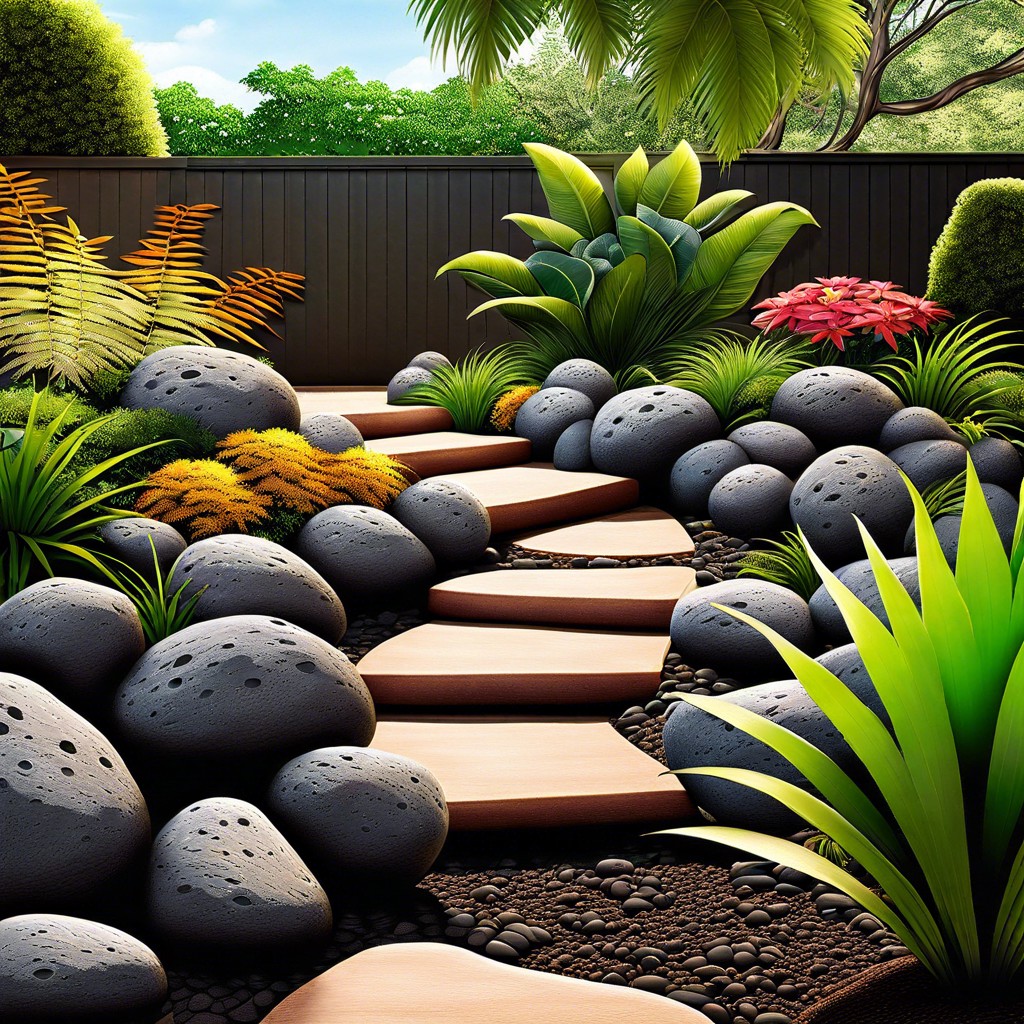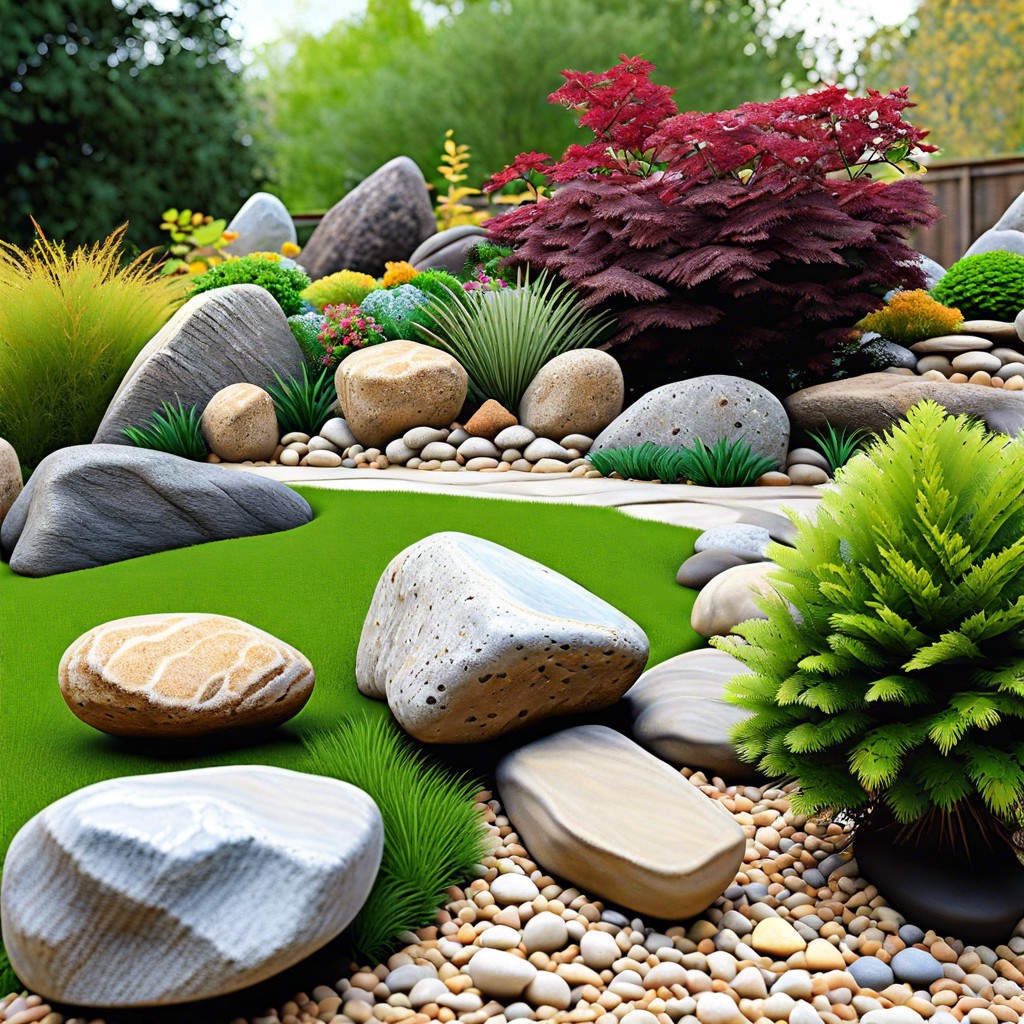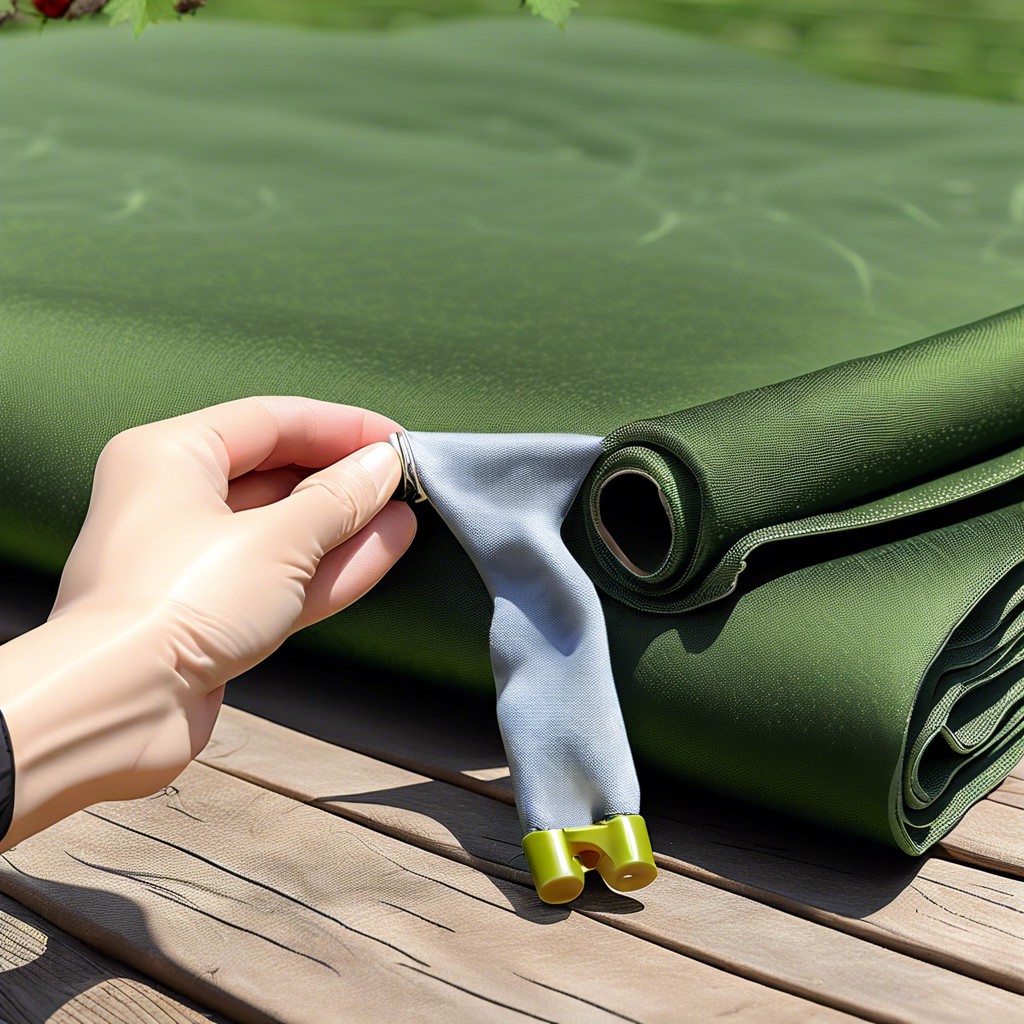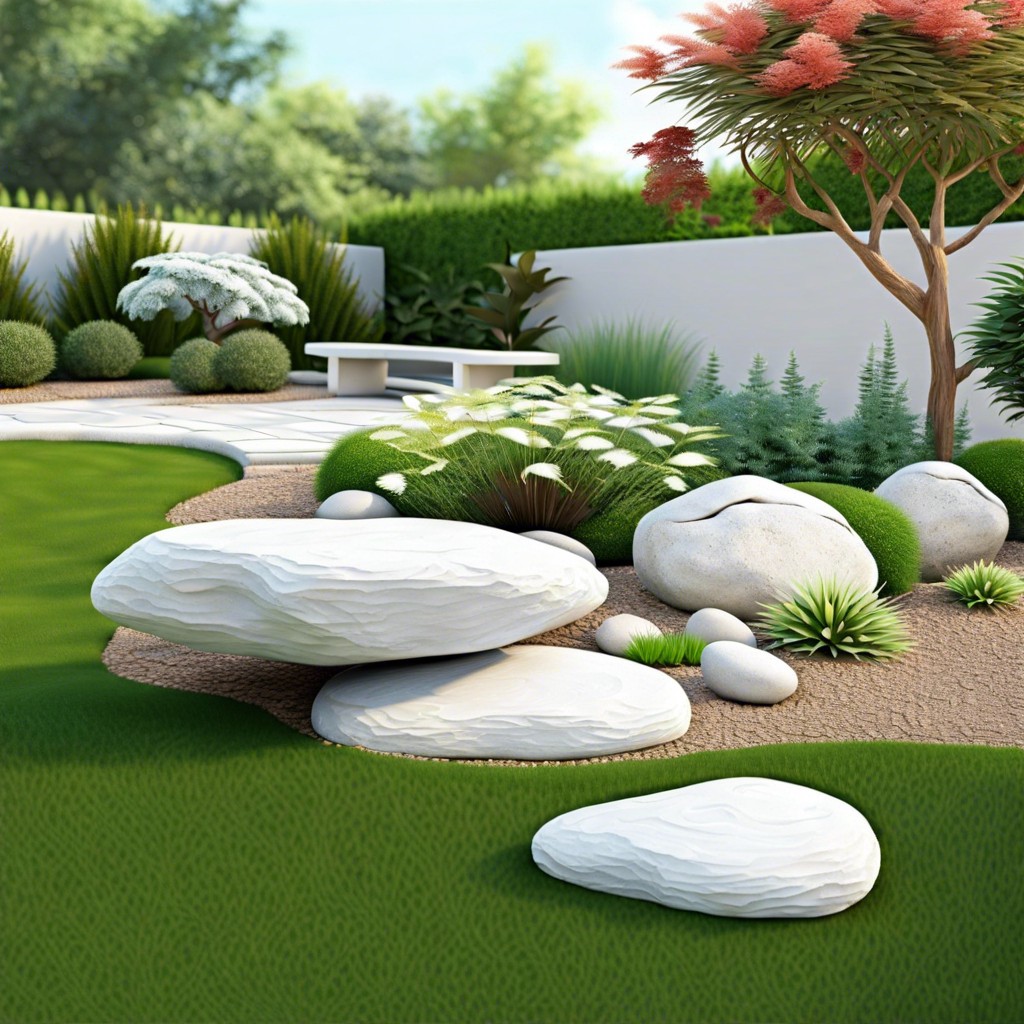Discover the practical benefits and aesthetic appeal of using lava rocks in your landscaping projects, as we detail their properties, uses, and maintenance tips.
Key takeaways:
- Lava rocks are durable and don’t need frequent replacement.
- They retain moisture and reduce water loss.
- Lava rocks provide insulation and stabilize ground temperature.
- They are lightweight and easy to handle.
- Lava rocks are porous and aid in proper drainage.
Benefits of Using Lava Rocks in Landscaping

Lava rocks, with their unique texture and rich, natural colors, offer an array of benefits that extend beyond their aesthetic appeal. One of the most practical advantages is their durability. Unlike organic mulches, these igneous rocks don’t decompose, meaning they don’t need to be replaced frequently. This makes them a cost-effective choice in the long run.
Furthermore, they are prized for their ability to retain moisture. When utilized around plants, they reduce water loss by slowing evaporation, which can be especially beneficial in warmer climates or during the peak of summer.
Another functional asset is their contribution to soil insulation. By acting as a barrier between the soil and the air, they help stabilize the ground temperature. Your plants are thus protected from the extreme heat during the day and keeps the soil warm during cooler nights.
In addition, lava rocks are lightweight, making them easy to spread and arrange in your landscape. This contrasts with other rock types that can be much heavier and harder to handle.
They’re also known for their porous nature, which allows for proper drainage and can help prevent soil erosion. This characteristic makes them an excellent choice for areas prone to heavy rain or runoff.
Lastly, they serve as an eco-friendly pest deterrent because their rough texture is less appealing to crawling insects looking for a home. With their sharp edges, pests are less likely to traverse over lava rocks to reach your plants, which can lead to a healthier and happier garden.
How to Choose the Right Size and Color of Lava Rocks for Your Garden
When selecting the ideal lava rocks for your garden, it’s essential to consider both aesthetics and functionality. The size of the rocks should align with the purpose they will serve; smaller pebbles are excellent for paths or as mulch around plants, whereas larger rocks can be striking focal points or useful in constructing retaining walls to prevent soil erosion.
Color choice is another pivotal aspect that can impact the overall look of your garden. Lava rocks typically come in shades of red, black, and brown. Black creates a bold contrast with green foliage, making plants pop visually, while red can introduce warmth into your garden palette. Brown is a more subdued option, blending seamlessly with the natural earth tones in your landscape.
Keep in mind the color scheme of your existing outdoor space and your personal preferences to create a harmonious look. Whether you aim for a vibrant, lively garden or a calm, Zen-like retreat, the color of your lava rocks can significantly influence the atmosphere. Consider also the climate in your area; darker rocks absorb more heat, which might not be ideal for delicate plants in hot environments.
Balance is key – too many large rocks can seem overpowering, and an excess of tiny pebbles may get lost in the landscape. By thoughtfully considering size and color, lava rocks can elevate the natural beauty of your garden while offering practical benefits.
Tips for Installing Lava Rocks in Your Outdoor Space
Before you start placing lava rocks in your garden, ensure that the area is free of weeds and debris. Laying down a layer of landscaping fabric first can significantly help in preventing weed growth and provide a stable foundation for the rocks. Cut the fabric to fit the space and secure it with landscape fabric pins.
When it’s time to add the lava rocks, pour them over the fabric in an even layer. Aim for a depth of about 2 to 3 inches of rock coverage; this is sufficient to suppress weeds and retain moisture in the soil. Be mindful of plantings and spread the rocks gently around the base of your plants without smothering them. This will allow plants to receive water and breathe while still benefiting from the rock insulation.
For larger areas, use a wheelbarrow to transport the lava rocks to your designated spot. Use a rake to spread the rocks evenly across larger landscapes. If you’re bordering sections of your garden, consider edging with larger stones or a different material to create a clean line and further prevent weed spread into your lava rock area.
Lastly, keep in mind that lava rocks can be quite abrasive. It’s advisable to wear gloves while handling them to protect your hands, and if necessary, use a shovel or a scoop to pour and distribute the rocks to avoid direct contact. With these steps, you can achieve a beautifully textured and low-maintenance landscape feature.
Maintenance and Long-term Care for Lava-rock Landscapes
Caring for your lava rock landscape ensures its longevity and visual allure. These rocks are low-maintenance, but a little attention can keep them looking sharp. Firstly, periodically remove leaves and debris that may gather among the rocks to prevent organic matter from breaking down and encouraging weed growth.
Over time, dust and dirt can accumulate on the rocks, dulling their appearance. A gentle rinse with a garden hose will restore their natural color, highlighting their unique texture and enhancing your garden’s aesthetics.
If weeds do appear, they’re usually easy to pull out by hand thanks to the porous nature of lava rocks, which isn’t conducive to strong weed root development. In case of more persistent weeds, consider applying a pre-emergent herbicide to prevent their growth.
Lastly, if you notice the rocks sinking into the soil or spreading out of their designated area, simply rake them back into place. This will maintain the tidy look of your landscape and ensure the rocks continue to perform their functions effectively, such as drainage and soil insulation. Remember, the durability of lava rocks means you won’t need to replace them often, making them a cost-effective and practical choice for long-term landscaping.




